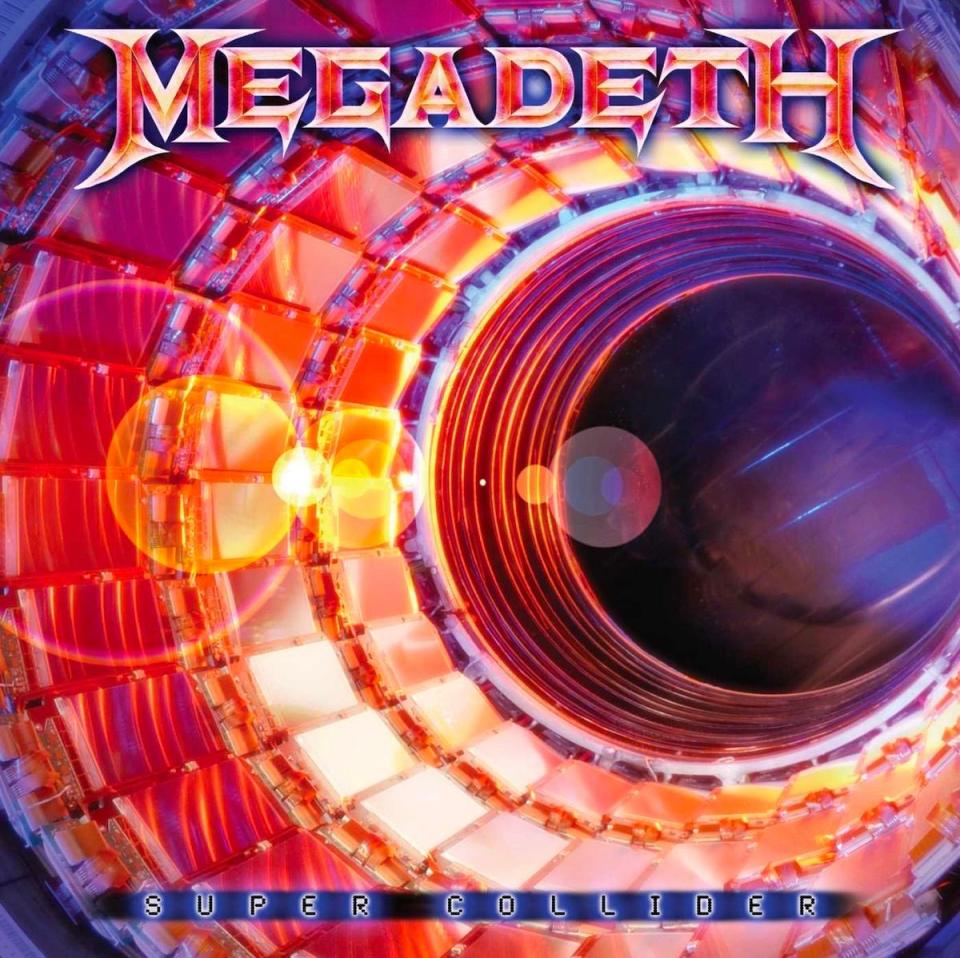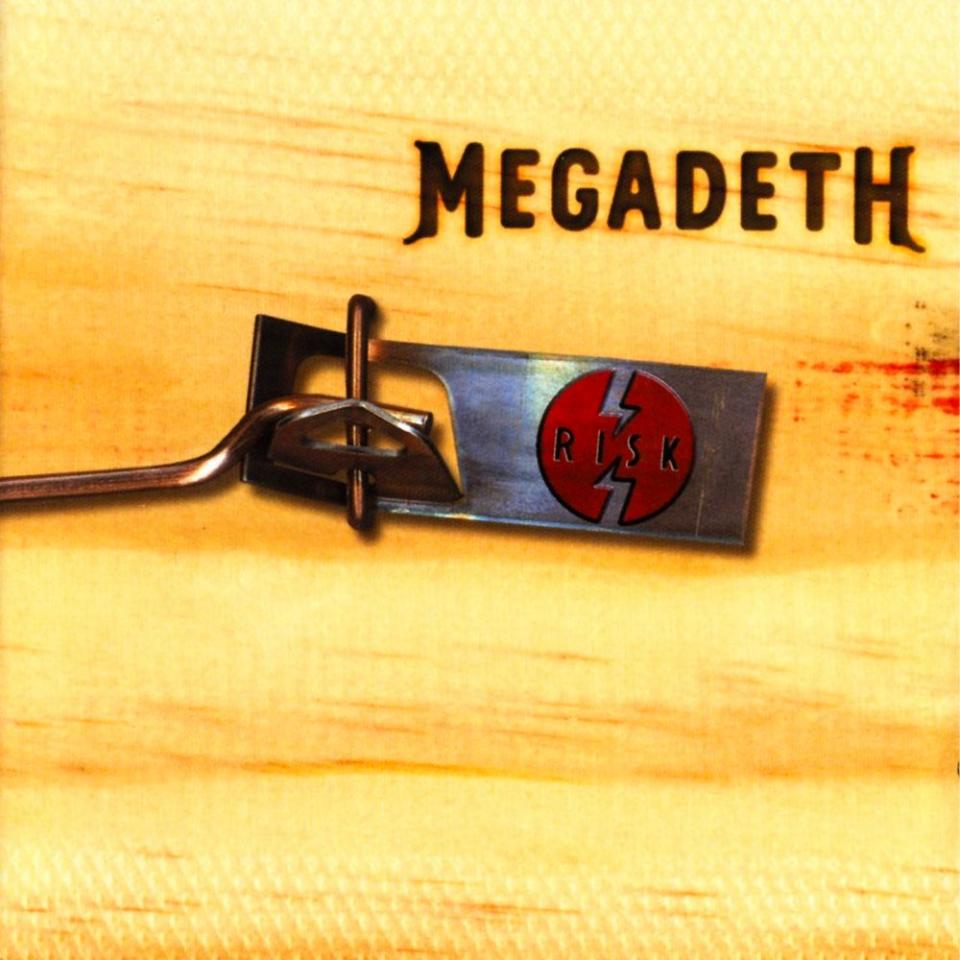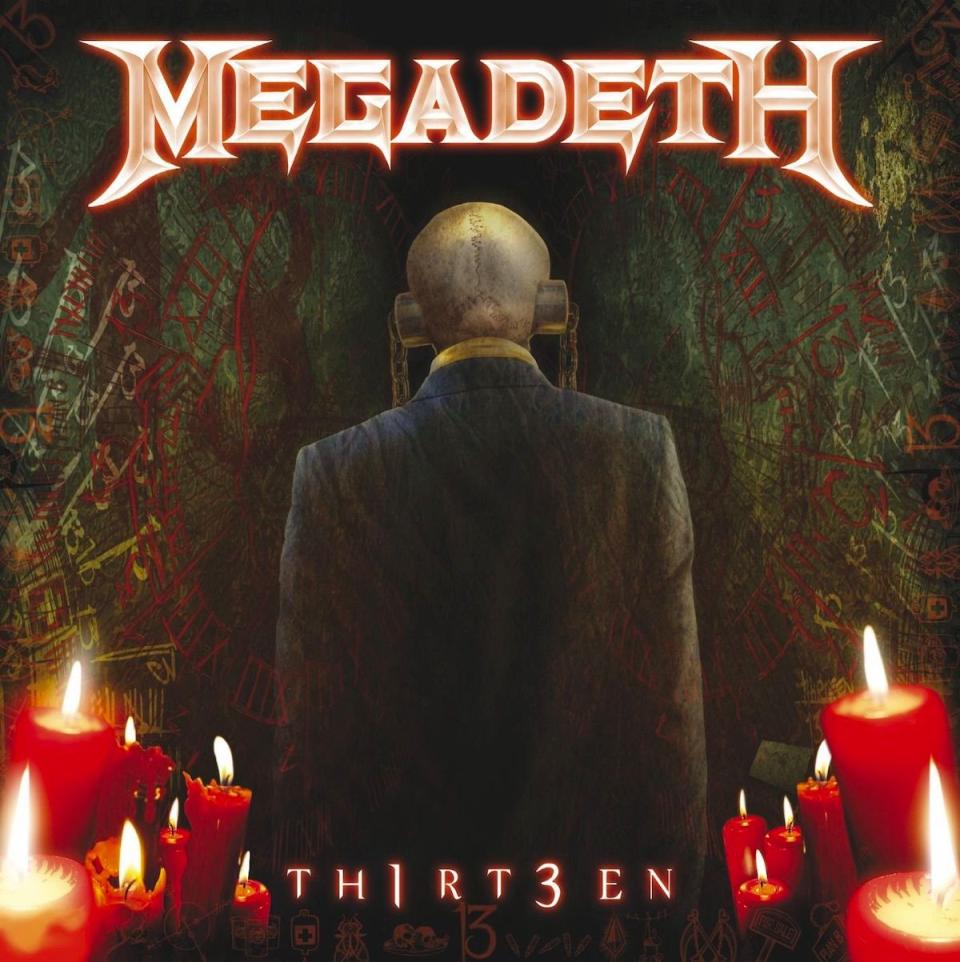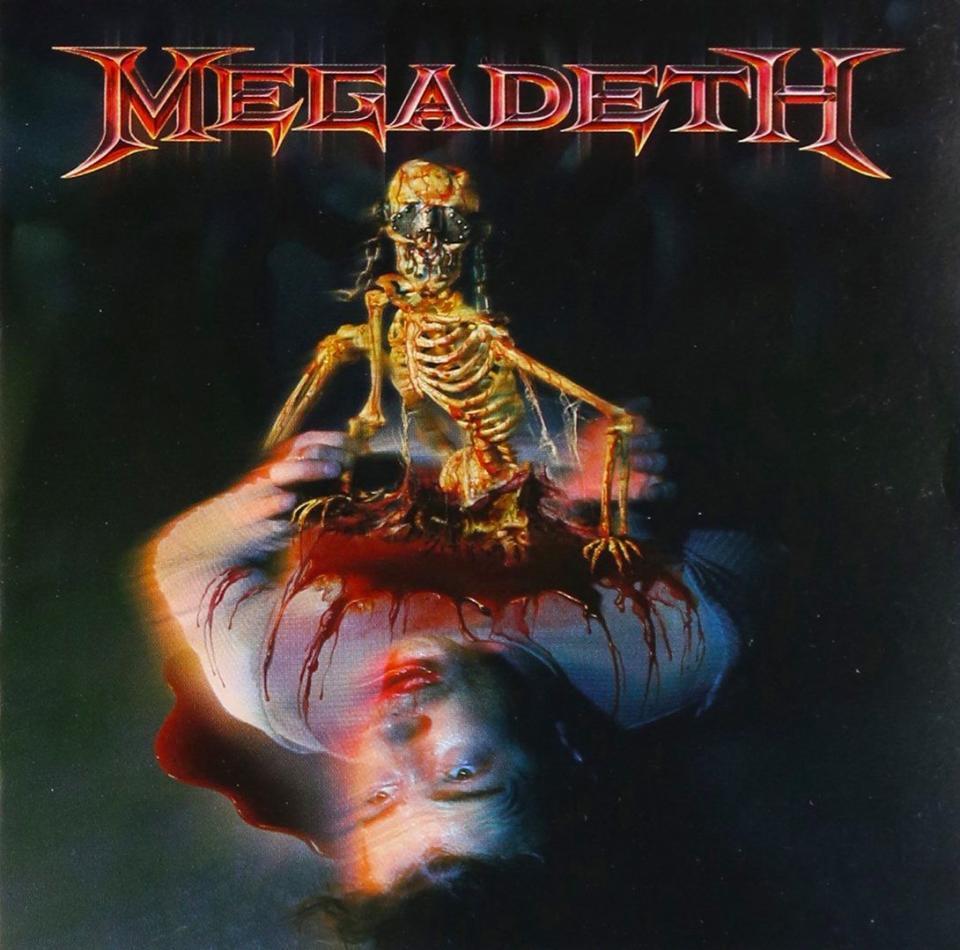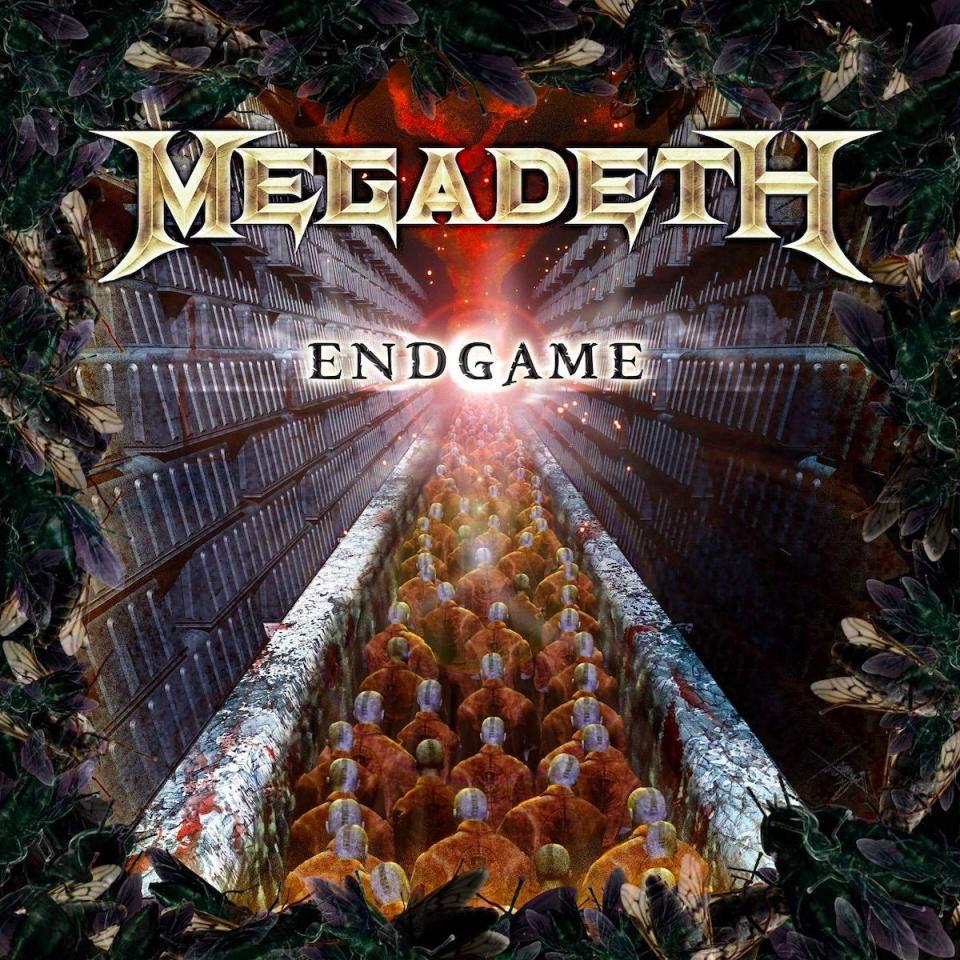Ranking Every Megadeth Album From Worst to Best
The post Ranking Every Megadeth Album From Worst to Best appeared first on Consequence of Sound.
Welcome to Dissected, where we disassemble a band’s catalog, based on the exact science of personal opinion, late night debates, and the love of music. In this installment, we rank Megadeth’s discography thus far.
The origin of Megadeth is a tale of redemption for its central figure, Dave Mustaine. After being fired from Metallica for his erratic behavior and substance abuse, Mustaine was left to his own devices. He formed Megadeth as his new songwriting outlet, filling out the lineup with choice musicians who could execute his songs and ideas.
Throughout the band’s career, Mustaine has been the central force behind a revolving-door cast of guitarists, drummers, and bassists — with longtime bassist David Ellefson being the closest thing to Mustaine’s musical accomplice. He surrounds himself with those who can achieve his vision for the band. As Mustaine goes, Megadeth goes.
From their early years in the mid ’80s playing fiery thrash, the band moved to progressive metal epics with the help of lead shredder Marty Friedman, writing some of the most iconic heavy metal songs of all-time. Never content with stagnating, Mustaine would again shift the band toward a more alternative radio-friendly sound in the late ’90s. The change drew ire from longtime fans who’d grown accustomed to Megadeth’s more extreme speed metal, especially compared to the commercial shift made by the band’s inevitable rivals Metallica. While the trajectory of each band’s career share parallels, Mustaine turned Megadeth into a monolithic heavy metal institution and brand independent of his old band.
In 2019, Mustaine was diagnosed with throat cancer, but after completing treatments, he was back on the road and ready to record new music by early 2020. This persistence and artistic work ethic defines Megadeth, who’ve released 15 albums over their career. Heavy Consequence took on the task of ranking the band’s colossal discography, retracing the career of the thrash metal legends. — Jon Hadusek
15. Super Collider (2013)
Symphony of Dissection (Analysis): Super Collider feels like a band that normally has a very strong identity suddenly struggling to find itself. The album starts off promising (although a bit like a Judas Priest album rather than Megadeth) with the blistering intro guitar riff to “Kingmaker”. However, the LP then meanders into a mid-tempo mess of thrash metal tropes played way too slowly, and this happens before “Kingmaker” even ends.
The title track “Supercollider” that comes up next certainly doesn’t help matters with its oddly ’70s rock influenced chorus. Releasing material as long as Megadeth had been by this point, it’s difficult not to repeat yourself or go off in strange directions and many criticized the album as a rehash of their previous material.
It seems like what really upset people was the band’s heading in a commercial direction again as they had done once before in their career. Fans felt they had been promised a heavier direction with Th1rt3en and then faced the same digression as they had in the 1990s with Countdown to Extinction — but with much less promising results.
Holy Worth (Best Song): Although it starts slow and shows a band that is unsure of what direction it is going, with introspective verses, a catchy chorus, and then a randomly heavy thrash ending, “Dance in the Rain” is one of the strongest songs on the album with interesting lyrics and blazing guitar work. It also sounds the most like a Megadeth song with Mustaine’s patented political rants about debt and the working man. It also has some great bass riffs by David Ellefson.
Tornado of Slop (Worst Song): “Beginning of Sorrow” is not a bad song really, if it were released by Disturbed or even In Flames, but not Megadeth. Even the amazing guitar solo work and tight song writing cannot mask the fact that it just doesn’t resonate as one would expects from the band and feels a little like pandering to the masses. The chorus is slow and plodding, albeit catchy. — Colette Claire
14. Risk (1999)
Symphony of Dissection: For years, Risk was considered not only the worst Megadeth album but also the worst album of the Big Four. The reason isn’t just a switch to rock over more overt metal; Metallica’s “Black Album” and Megadeth’s Countdown to Extinction each showed that thrash bands could make that transition and still produce thrilling, essential material. The issue was that the riffs seemed by this point to have wholly disappeared. The essential magic that occurred when Marty Friedman joined the band was seemingly fully exhausted, leaving songs that feel aimless especially when compared to the fiery records at the beginning of this period of the band’s life.
Countdown was a gamble, but each record after was a step down in quality as the band struggled to capture that essential fire that makes great rock and roll work, and by this point it seemed like nothing was left. The band seemingly agreed; following the release of Risk, Friedman quit the band. Years on and none of this material makes live sets any more, nor does it feature in compilations; even the band has seemingly agreed that this is a historical document at best and not representative of the spirit of the band.
Holy Worth: The final two songs of Risk form the “Time” suite that, in direct counter to the general shape of the album before it, is actually a strong offering. The “Time” suite measures up to anything on Countdown to Extinction or Youthanasia and shows the tantalizing promise that a more rock-oriented Megadeth offered. Based on this piece, it’s not hard to see why the band chose to explore this route.
Tornado of Slop: Admittedly, for worst songs, you have your pick of the litter here, but only one song made me audibly groan halfway through. “Breadline” tricks you at first, seeming like it might effloresce into a strong rock tune, before it turns to pop country shlock. From Megadeth. The band that wrote Peace Sells. It boggles the mind. Nearly every aspect of this song fails to click, either with itself or with the general notion of pleasant songcraft. Abysmal. — Langdon Hickman
13. Th1rt3en (2011)
Symphony of Dissection: Mustaine must have come to the conclusion that Megadeth was becoming too watered-down over their past few studio offerings – due to him serving as the sole remaining member left from what many consider the band’s prime years, of 1985-1994. As a result, he buried the hatchet with David Ellefson, and an attempt was made to reunite the Rust in Peace lineup (with guitarist Marty Friedman and drummer Nick Menza). But by the time 2011’s Th1rt3en appeared, Friedman and Menza were nowhere to be heard – Mustaine and Ellefson were joined by guitarist Chris Broderick and drummer Shawn Drover, instead.
Listening back to Th1rt3en today, the tracklist sequence appears off-kilter – some of the strongest tunes don’t appear until midway through (“Never Dead” and “New World Order”), while songs that sound like your typical by-the-numbers numbers…just from the titles alone (“We the People,” which relies on an old Megadeth staple – the spoken word intro – and “Guns, Drugs & Money”) appear earlier.
The same complaint I will place upon Th1rt3en is the same one you can foist upon a few other latter-day Megadeth offerings – song-for-song, it clearly does not match up to their stellar earlier albums (the proof being how many of these songs have come and gone in concert setlists…or were never even included). But at least Th1rt3en proved to be a building block, and also, was the first Megadeth album to feature co-founder Ellefson in a decade (2001’s The World Needs a Hero being his last appearance).
Holy Worth: “Never Dead” doesn’t begin like your average/ordinary Megadeth tune, as it slowly builds for a minute via what sounds like the drumming from a military parade, before cracking you over the coconut with vicious thrash. And all the necessary ingredients for a thrash party are included – rapid fire guitar riffing, shred guitar solo, and even lyrics that are 100-percent pure Mustaine (especially the chorus – “The fire that burns inside, That’s blistering their brains, That makes them sacrifice, That’s driving them insane!”).
Tornado of Slop: While not musically subpar, the title “Guns, Drugs & Money” alone sounds more like something you’d expect from the Miami Vice soundtrack, rather than from a veteran thrash metal act. And as expected from its title, the tune lyrically focuses on what appears to be drug dealing – although set in Mexico (“Guns, drugs, and money under the Mexican sky/ Guns, drugs, and money, pick your poison or you die”). — Greg Prato
12. The World Needs a Hero (2001)
Symphony of Dissection: Megadeth left their label home at Capitol in 2000 following ongoing tensions. They ended up signing with Sanctuary Records for The World Needs a Hero, billed as a return to Megadeth’s thrash roots after the controversial non-metal of Risk. Mustaine would compare the album to a ship changing its course at sea, as the band knocked off the post-grunge dust and got back to riffing.
It’s a gradual transition on Hero. There’s still some moments of overwrought alt-rock (namely “Promises”) and the awkward pop song treatments that began appearing in the band’s music with Countdown to Extinction. But the handful of albums in Megadeth’s discography that openly embrace pop and heavy metal are notable for those moments when Mustaine gets them both right. The combination of styles and Jimmy DeGrasso’s drumming on “Dread and the Fugitive Mind” are particularly notable — Capitol tacked it on the greatest hits compilation they released in place of Hero after Megadeth left.
Following the release of Hero, Megadeth recorded Unplugged in Boston, which was heavy on material from the album. As a final act of their “alternative” era, the acoustic versions of “Promises” and “Trust” are rendered beautifully, as Megadeth perfected their sonic shift before going back to heavy metal full-time. The World Needs a Hero helped bridge that artistic threshold.
Holy Worth: “Dread and the Fugitive Mind” was proof that Megadeth could still churn out a tight metal song. A groove-metal breakdown dates the song to the time, but its played so well its forgivable — and arguably the most overtly metal moment on Hero. Mustaine’s cartoonish sing-talk is in full effect during the verses. It’s a cleaner recording than “Sweating Bullets” or “Peace Sells”, but it recaptures the attitude.
Tornado of Slop: There’s just too much going on with the production on “Promises”, and the track falls flat despite its overarching attempt at grandeur. When Mustaine wails against a wash of strings, it almost sounds like Guns N’ Roses — a vibe ill-suited for Megadeth. The mix is too cluttered and interferes with what could’ve been a strong recording. As the unplugged version indicates, there’s a passionate, harmonious song at its core, but Mustaine threw the kitchen sink at the Hero recording. — Jon Hadusek
11. Endgame (2009)
Symphony of Dissection: Many critics and fans lauded Endgame as a return to form that was their best since Rust in Peace. While this might not be entirely the case, it is a very strong album that combines the melodic elements of Megadeth and the heavier thrash elements very well. It doesn’t feel uneven in either direction. Endgame was also the first album they released with guitarist Chris Broderick, after Glen Drover left in 2008, but was the band’s last album with bassist James LoMenzo.
Clearly, by this point in their career, Megadeth had juggled musicians (as well as record companies) several times. Mustaine had disbanded Megadeth in 2002 due to nerve issues in his arm, and so he had to rebuild it once he recovered in 2004. Despite all this upheaval, Megadeth released some solid material upon their return, and this included Endgame. Songs like “This Day We Fight!” reminded fans and critics of albums like So Far, So Good… So What!
Endgame did fairly well commercially, hitting the Billboard 200 at No. 9, which is solid for a metal band with so many years under their belt. The guitar work on this album is really noteworthy especially the solo on “How the Story Ends”. The song “Head Crusher” is also a notable stand out which was also nominated for “Best Metal Performance” at the 52nd annual Grammy Awards. Not Megadeth’s first nomination, but their first in over ten years.
Holy Worth: “44 Minutes” is an epic opus dedicated to the events of February 28, 1997, when two bank robbers armed to the teeth attempted to take over a Bank of America in North Hollywood, California. Mustaine uses his sometimes overly articulate lyrical skill to describe the event perfectly. This coupled with a memorable chorus and guitar riffs makes this song a standout track on the album.
Tornado of Slop: “Bodies”, with its radio-friendly chorus, leaves something to be be desired. Although its hard to call it radio-friendly given the subject matter. The lyrics read “All the bodies left behind/ May all have been good friends.” Despite a killer solo, the song is a little slower than the rest on the more thrashy album. — Colette Claire
Ranking Every Megadeth Album From Worst to Best
Jon Hadusek
Popular Posts
Kid Rock pays tribute to Kobe Bryant in the douchiest way possible
Shaun Weiss, actor who played Goldberg in The Mighty Ducks, arrested for meth and burglary
Jason Momoa unveils his real body in Super Bowl commercial: Watch
Queens of the Stone Age wowed by young girl's drum cover of "No One Knows": Watch
Mick Fleetwood says Lindsey Buckingham rejoining Fleetwood Mac is "not a point of conversation"
